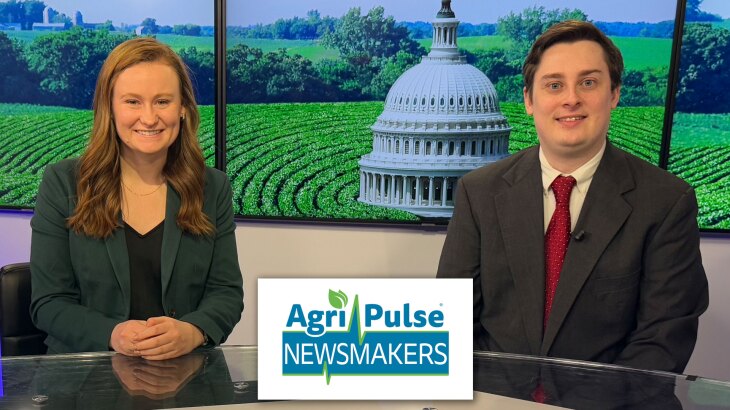A conservation group says that monarch butterfly populations fell dramatically last year, claiming they counted 96% fewer butterflies than the previous year.
Federal officials are now taking action to extend protections for the species yet again. However, Texas Ag Commissioner Sid Miller says that is not the best solution.
According to Commissioner Miller, “You know I love the monarch butterfly. Who doesn’t? They’re beautiful and, you know, we see them through central Texas all the time. They come from all the way down from Canada through the Central Flyway, which is the Great Plains down into Mexico. Now, this is the second time that federal fish and wildlife have proposed to putting them on the threatened list, and they are declining numbers. But it’s a kind of a stupid way to do it in my opinion. It doesn’t matter what we do in Canada or the United States, it’s not going to help the monarch population. We’re not the problem.”
The commissioner says that the true issue lies in Mexico, where a valuable monarch butterfly habitat has been destroyed.
“There’s a certain mountain east of Mexico City that has these special fir trees on it and that’s where they overwinter,” Miller explains. “The problem is because of deforestation, there’s only 2% of that forest left. So, if you want to save the monarchs, plant some more fir trees.”
Commissioner Miller says that home-raised monarchs, like the ones used for school projects, can also be problematic. He warns that home-raised butterflies mix with natives and can ultimately mess up their migration patterns.















